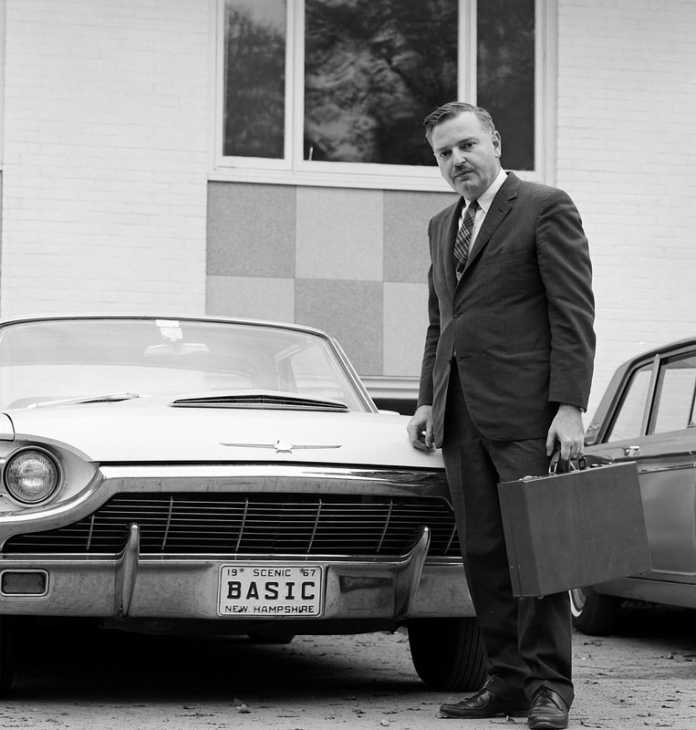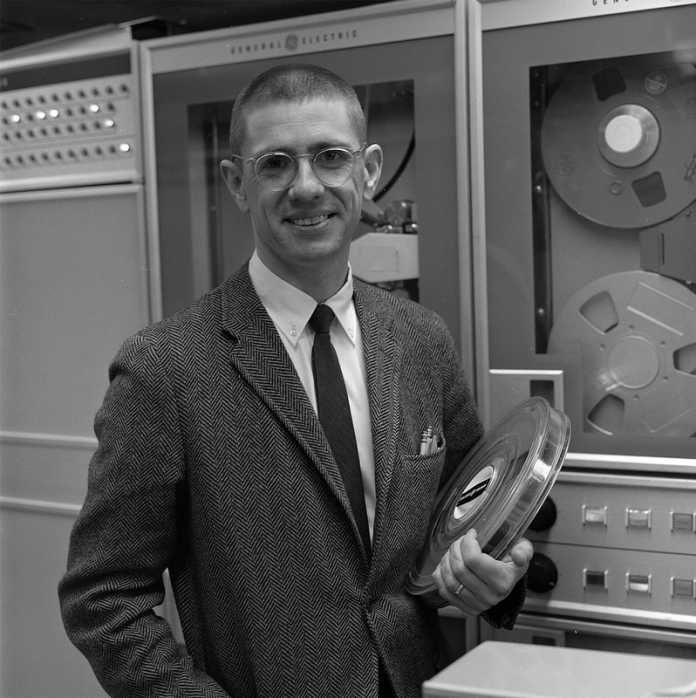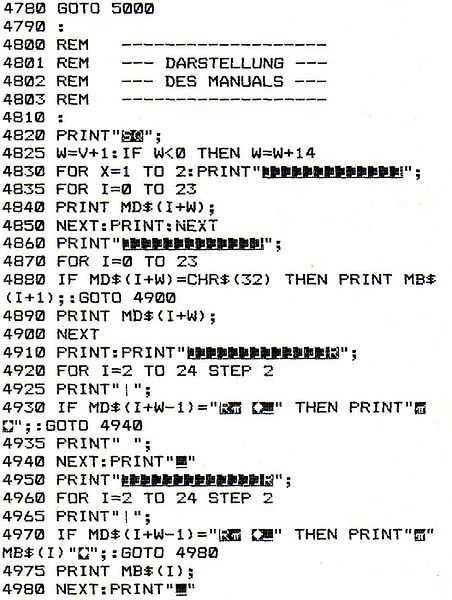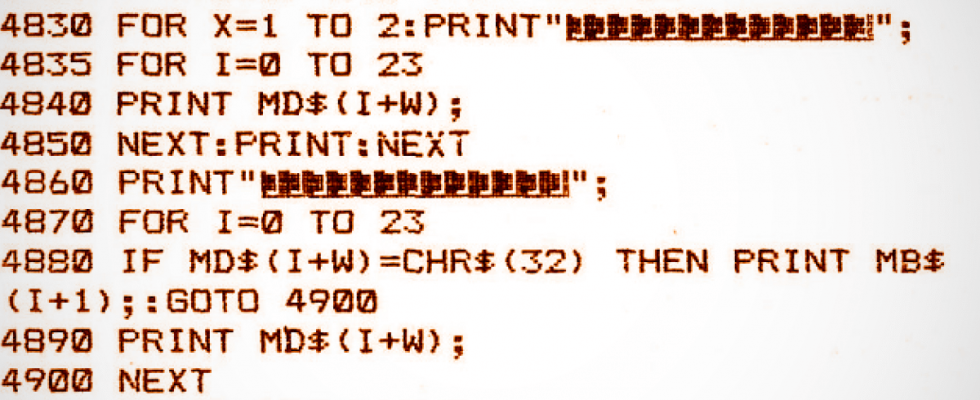At 4:00 a.m. on May 1, 1964, the first BASIC interpreter was launched on a mainframe computer at Dartmouth College in Hanover, New Hampshire. The BASIC programming language, developed by professors John Kemeny and Thomas Kurtz, revolutionized access to programming in the following decades.
Advertisement
10 Let X = (7+8)/320 PRINT X30 END
The first version of the language had 14 commands (including PRINT, LET, IF, THEN, FOR, NEXT, GOTO, INPUT and END).
Simple programming language for beginners

Hungarian-born Kemeny took part in the Manhattan Project, the military research project to develop the atomic bomb, during World War II; later he was an employee of Johann von Neumann and assistant of Albert Einstein.
(Picture: Adrian N. Bouchard/Dartmouth College)
With BASIC, Kemeny and Kurtz wanted to create a programming language that even non-computer scientists could learn quickly. In contrast to languages that were common at the time, such as FORTRAN or Algol, BASIC was supposed to make do with a few English-language commands.
The first program, which ran on the night of May 1, 1964, was still quite manageable at 90 lines. The first version of BASIC contained only a handful of commands such as LET, PRINT and GOTO, as well as a few mathematical functions. Despite this simplicity, BASIC prevailed in the following years and was ported to numerous mini and microcomputers.
Breakthrough with home computers

Thomas E. Kurtz had been employed at Dartmouth College since 1956.
(Image: Adrian N. Bouchard/Dartmouth College)
BASIC began its triumphal march in the late 1970s, when the first home computers from companies such as Apple, Acorn, Commodore, Sinclair and Tandy came onto the market. The computers offered BASIC in their firmware, which made it easier to get started with programming. A small company called Micro-Soft with extended BASIC dialects played an important role at the time. In 1975, Bill Gates developed a BASIC interpreter for the Altair 8800, one of the first home computers.
At the beginning of the 80s, IBM also wanted to have BASIC anchored in the BIOS; This is how Microsoft got into business with IBM, sold IBM an operating system and grew into a software giant. The two BASIC creators Kemery and Kurtz also went to great lengths and brought “True BASIC” onto the market in 1983. However, this also led to BASIC fragmenting into numerous dialects. Many manufacturers developed their own BASIC variants to circumvent Microsoft licenses.
Competition from modern languages

An excerpt from a printout of a Commodore C64 BASIC program list: You jump to line numbers with GOTO. By the way, changing line numbers when you want to insert additional lines can cause considerable work.
(Picture: Public domain)
In the 80s and 90s, BASIC was increasingly replaced by more powerful and structured programming languages such as Pascal, C and C++. Critics criticized the often confusing BASIC code. For example, the pioneer of structured programming, Edsger Dijkstra, said in 1975 that it was almost impossible to teach good programming to students who had previously been exposed to BASIC.
“Conceptually and in terms of efficiency, BASIC could not keep up with other programming languages,” says Jochen Viehoff, computer historian at the Heinz Nixdorf MuseumsForum (HNF) in Paderborn. “Critics also repeatedly made fun of the confusing ‘spaghetti code'” that BASIC actually provoked due to the jump command to the GOTO program flow control. When it comes to Visual Basic, which has been able to compete with languages that were previously considered superior since .NET at the latest, others complained that it was never really able to break away from the Microsoft Windows platform.
Only with the introduction of Microsoft’s object-oriented programming language and development environment Visual Basic in the early 1990s, which was intended to drastically accelerate the development of Windows programs (keyword Rapid Application Development), did a kind of comeback occur, for example in macro programming still exists in office products today. From 2002, Visual Basic was switched to the .NET runtime library. The last community version is from 2022.
BASIC lives on in the retro computer scene
Even though professional programmers rarely use BASIC these days, the language is still very popular in the retrocomputing scene. BASIC programs continue to be developed on old systems such as the C64 or the Apple II. The simple hardware proximity makes it possible to understand how the computers work.
BASIC inventor Thomas Kurtz foresaw this as early as 1964: “Our intention is not to train professional programmers, but rather to give all students an experience and a basic understanding of how to use a computer.” Nomen est omen: BASIC stands for Beginners’ All-purpose Symbolic Instruction Code. Even 60 years later, the programming language still lives up to this requirement.
(vza)

